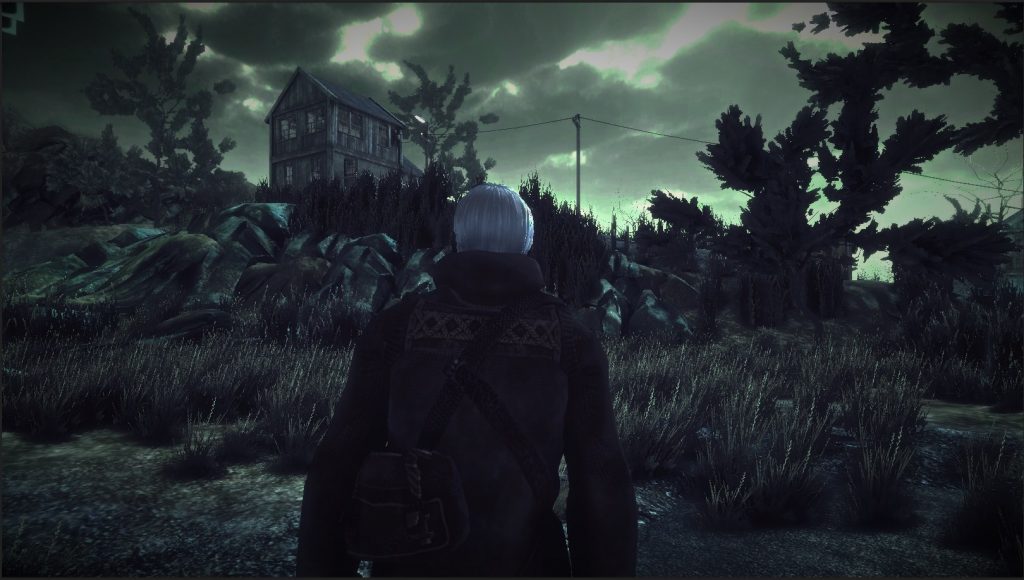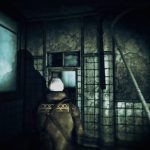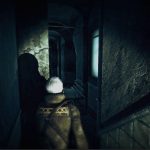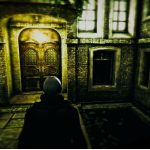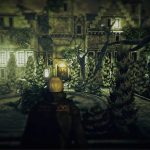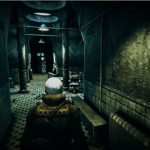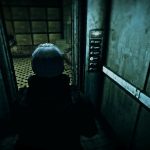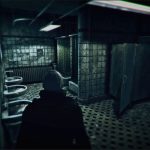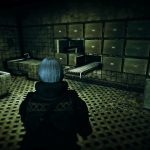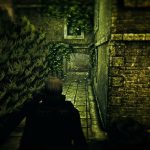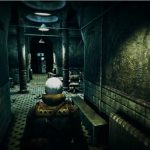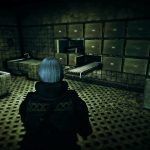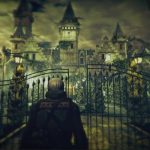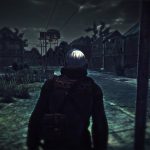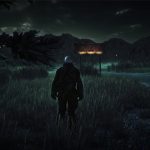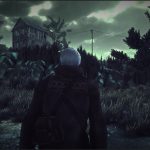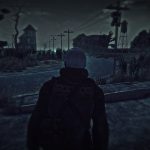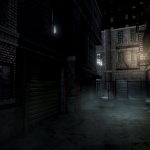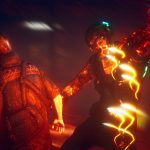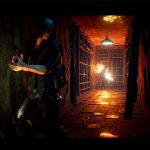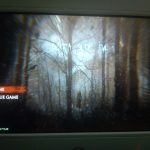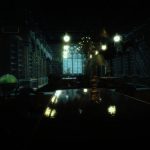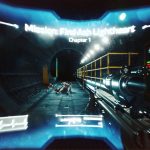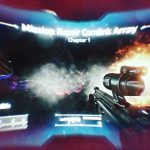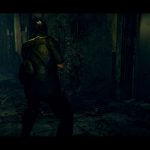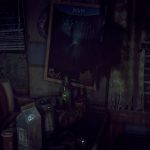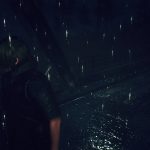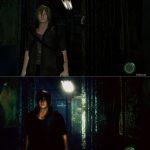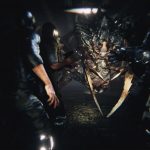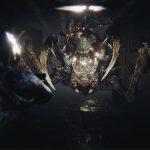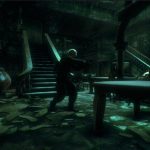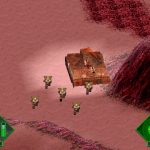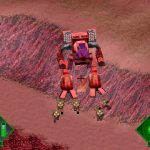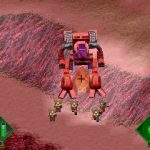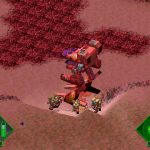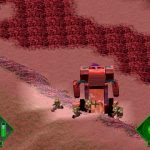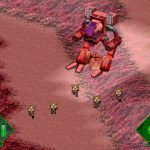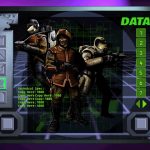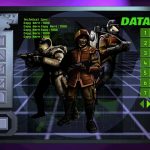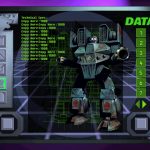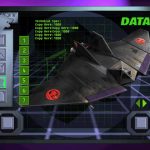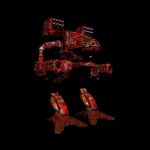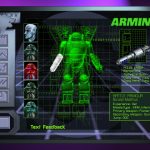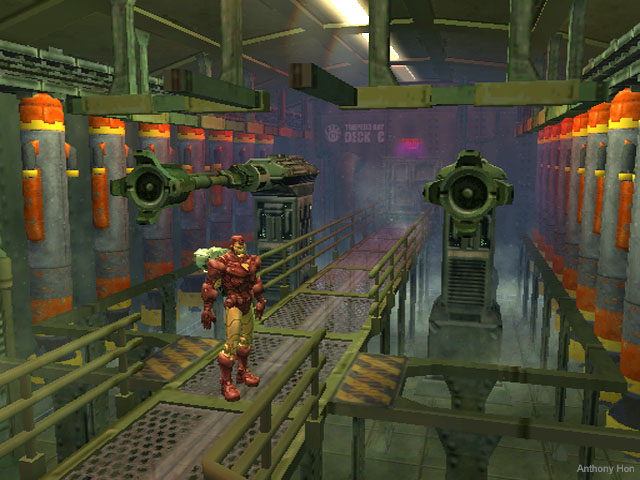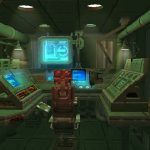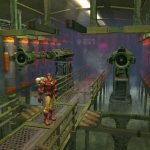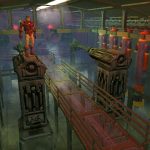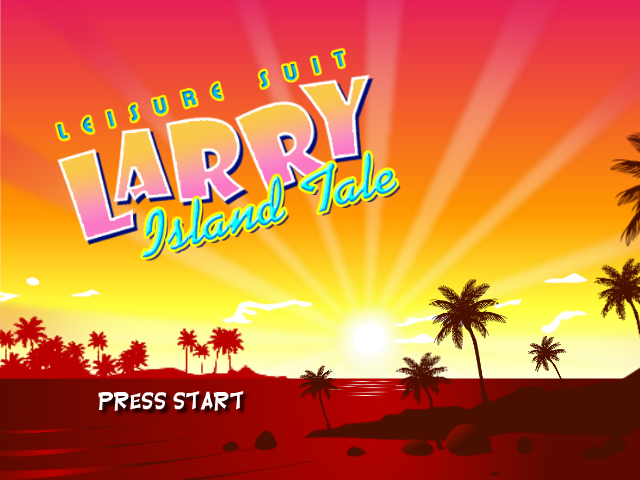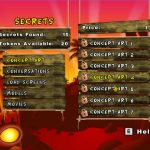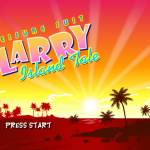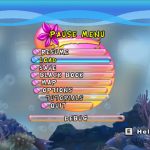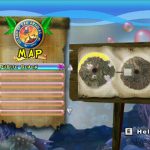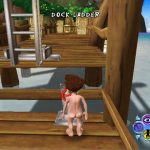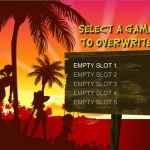Update: as wrote by Edrox Interactive in the comments below, the game is still planned to be released on WiiU in the following months, so it’s not cancelled:
“it’s coming out on wii u in the next months”
You can search on the Nintendo eShop for WiiU to find the game soon.
Original story:
Bizerta: Silent Evil is a cancelled survival horror heavily inspired by Resident Evil & Silent Hill, that was in development by Edrox Interactive, initially for Sony PSVita and later for Nintendo WiiU. The game was announced around 2015 and in mid 2017 the project was still planned to be released for WiiU, but in the end it just quietly vanished.
Some details about this lost game can still be found in their official website:
“Bizerta: Silent Evil sets the stage inside a disheveled World, softly lit by the moonlight overrunning its foliage and blanketing corridors with darkness.
“Bizerta : SILENT Evil” for Wii U is the story of Ash Lightheart drawn by the mystical power of the City called Bizerta. Ash was 15-years-old but one day, he woke up in a dark world as a 30-year-old man. You have to explore this world, slinking through a large creepy, and seemingly empty, building to find out what happened. The title will use extensively the Wii U GamePad’s touch screen for puzzle solving, unlocking doors, and other mini games and mechanism interactions.”
In 2015 Cubed3 also published an interview with Edrox Interactive, unveiling their hopes for the project:
“Randy: Can be tough, at times, the way the market swings, it’s completely unpredictable. Can you go into any details about the disruption you were faced with before coming over to Nintendo?
Ouissem: The biggest issue on Vita is that I have a PSM license so I can only publish a game with limited size on their store, which is 1 GB. That’s simply not enough for my game. Actually, many people asked them for more but Sony kept ignoring them, so I feel that the PSM program is more suited for mini games or something casual, not for a horror adventure.
Randy: Earlier you hinted that you missed puzzles specifically in the horror genre, can Nintendo gamers expect to challenge puzzle based obstacles in Silent Evil or is it more geared to providing action oriented elements?
Ouissem: That’s my goal actually – to try and combine these two elements. I won’t make it easier for people to get out of this nightmare!
Randy Freer: Are there additional playable characters in the cast or does Silent Evil focus on a single protagonist?
Ouissem: Only one playable Character.”
As far as we can understand, the game was in development by one single developer, so it’s safe to say that it became a project too ambitious for his small resources. As of April 2020 Edrox Interactive website is still online: could we see Bizerta released on other consoles or PC one day?
Images:
Videos:

